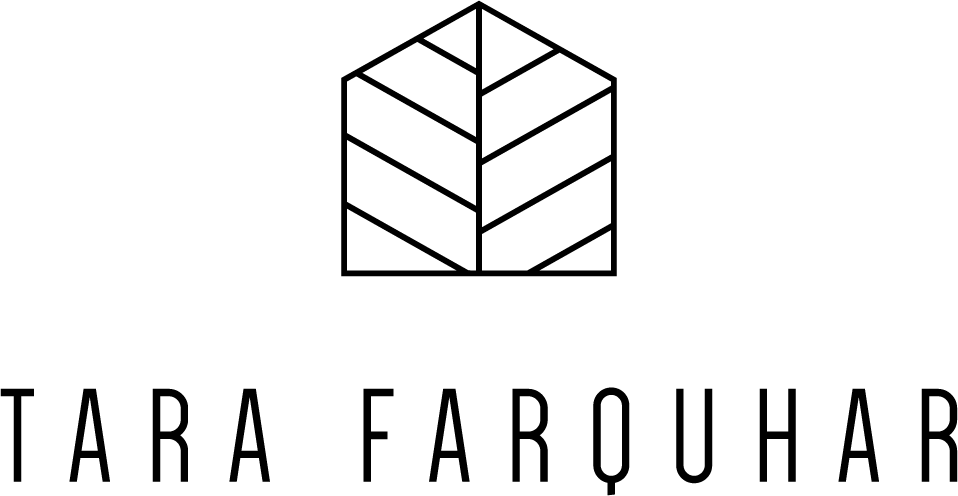by Jenny Mandt, Owner, Garden Coaching Solutions
A friend asked me what were the top five things that she could do with her garden to make it look more attractive, with less maintenance and water, and be done at a reasonable cost. Here is what I told her:
The number one thing that any homeowner can do is improve their soil. Ok, what does that really mean? If your garden has clay (which is very typical in West Seattle), it is very challenging for roots from trees, shrubs or plants to grow deep and water to drain away, which can cause roots to rot. Or you may have very sandy/rocky soil which drains water away too quickly so plants don’t thrive. In either case, you have a great opportunity to improve the soil condition by using compost. When you add compost (which is basically decayed organic matter) into clay soil, it will coat the clay particles and separate them from each other. Microorganisms that are in the compost break down and this result binds with clay particles to form loose compacted masses that help water drain better and prevent runoff and erosion. Sandy soil cannot retain nutrients or water since they are small rock particles. Compost binds to the sandy particles and decaying organic matter so that the soil can retain nutrients and water. The compost has nitrogen in it and attracts “decomposers” (earth worms, centipedes and sow bugs). If you have these in your soil, you will see improvements.
Freshly composted soil, especially in the spring; provides a perfect growing environment for weed seeds so it’s a good idea to put down some form of mulch. Mulch is a covering over your soil that helps keep weeds from getting established, helps retain moisture in the soil and it makes your garden look more attractive. There are a number of options: shredded or chipped bark, arborist wood chips, compost, pine needles, gravel/river rock, or hazelnut shells. Whatever mulch you choose, you need 1 to 2 inches of mulch over your soil. Never put mulch right up to the tree trunk or shrub crown as this can cause the bark on the tree or shrub to rot. Create a 4 to 6-inch saucer shape impression in the mulch around the trunk of the tree or shrub so when watering, the water will move toward the tree or shrub and not flow away.
Speaking of trees and shrubs, signs of spring are everywhere and everything is budding. This is a great time to prune out all the dead branches. In early spring, it’s hard to tell which branches are alive and which are dead. Now is the time to get out your hand pruners and/or pruning saw and cut away. It’s amazing how a tree or shrub’s appearance can improve when you cut out the dead wood. How do you know if a branch is alive or dead? There are no leaves coming out on the branch. If you are unsure, you can scrape a bit of bark off a branch. If there is green underneath, you know that the branch is still alive. If it is brown, then the branch is dead and can be pruned.
Besides pruning, pulling out weeds will make a big difference in your yard’s appearance. To me, a weed is any plant that you don’t like in your garden. With all the rain, we had this winter and spring, now is the best time to pull as the soil is saturated and soft so you can pull the weeds and grass roots out more easily. Pulling the weeds means there is less likelihood of weeds coming back. Timing is important to pull them now because once the weed flower heads have bloomed and gone to seed, you will many more weeds then you did before! Pulling weeds by hand or with a weeding tool is best for the environment but can be somewhat strenuous on your body. However, your effort will make lawns and flower beds look well-kept and more attractive.
Lastly, mow your lawn at the highest mower setting possible. Better yet is to leave the grass clipping on the grass that will eventually breakdown and provide nitrogen to the lawn and can help retain moisture during the warm summer months. The grass will have a larger, more drought-tolerant root system if you mow the grass 3 to 3 1⁄2-inch high. This means less watering is needed!! With more dense roots, there is less likelihood of grubs and weeds getting into your lawn and so you wouldn’t need to use pesticides. If you haven’t done this to your lawn before, you may need to fertilize with a slow release organic fertilizer and keep it watered through the summer months in order to obtain a healthy lawn.
Hopefully these tips will help you as well. Here’s a garden quote I like: “The glory of gardening: hands in the dirt, head in the sun, heart with nature. To nurture a garden is to feed not just on the body, but the soul”. - Alfred Austin
A Garden Coaching appointment makes a great gift. You can contact me at gardencoachingsolutions@gmail.com or my phone at 206-915- 0585 for gift certificates.
Happy Gardening!
